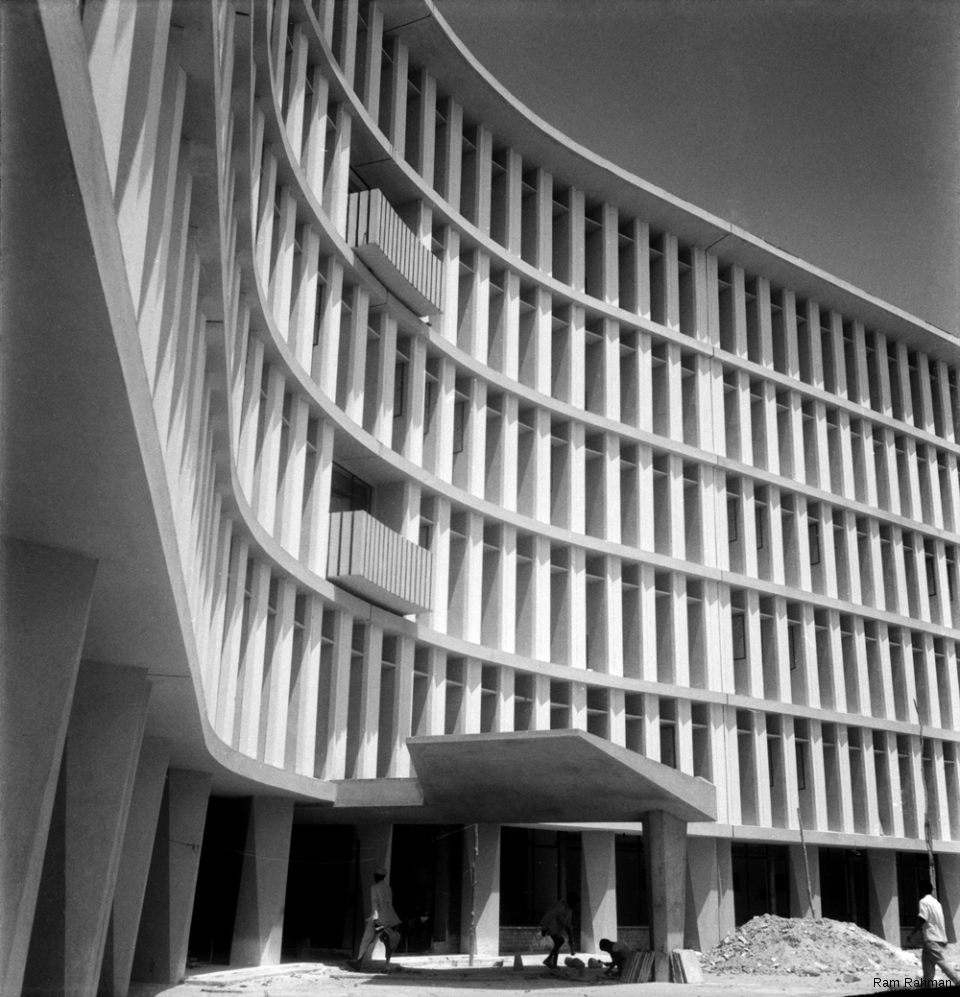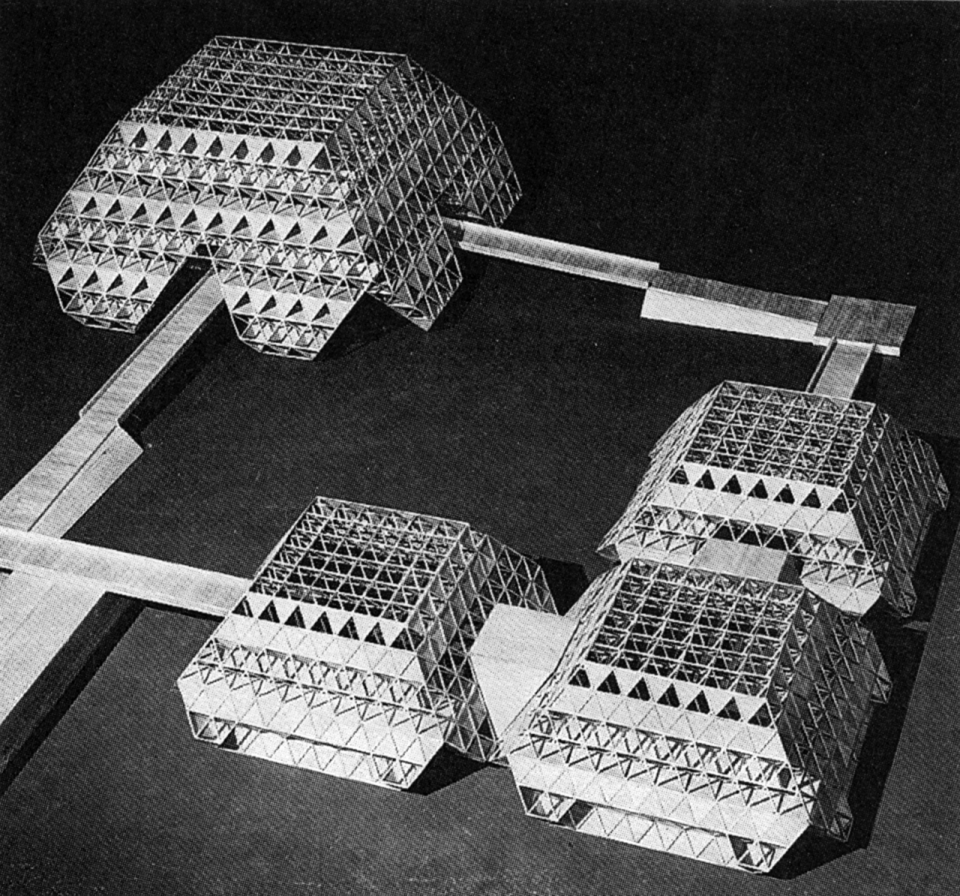It isn't only the first prime minister's ideas that are under siege, says the co-founder of Sahmat.
“Delhi has a heritage of fine modern architecture that is quite remarkable on an international scale, but people don’t often realise that this is heritage,” said Rahman, whose father Habib Rahman was the architect behind several public buildings built under Nehru’s leadership.
At a public lecture on “Nehru and the Delhi Modern Moment” in Mumbai last month, Ram Rahman spoke of this iconic Delhi architecture – built between the 1950s and 1980s – with a sense of immense nostalgia for an era that no longer seems to be valued.
“Today there is a concerted effort to demolish the legacy of Nehru, not just conceptually, but also physically,” said Rahman.
....
In September, the Lalit Kala Akademi figured on the Union culture ministry’s list of 39 institutions – including the Nehru Memorial Museum and Library – slated for a “revamp” to make them function more smoothly. Plans for the Nehru library include completely renovating the building and auditorium.
In November, the Indian Trade Promotion Organisation confirmed its Rs 3,000-crore plan to demolish and rebuild Pragati Maidan – Delhi’s extensive complex of exhibition centres built in the early 1970s – which includes the iconic Hall of Nations and the Nehru Pavilion.
For Rahman, these plans represent direct attempts to target architectural and institutional symbols of Nehru’s modern India.
“The younger generations today don’t realise how so much of modern India was created in those 20 years after Independence, driven not just by the idealism of Nehru but also other visionary people in the bureaucracy and government,” said Rahman. “The vision was to build a new, democratic, egalitarian society after the yoke of colonialism had been lifted.”
....
The difference in the ethos of today is also reflected in the freedoms of speech and expression. In his lecture, Rahman pointed to a speech Nehru once made on his views on architecture: the former prime minister spoke of how he found some temples of South India to be “oppressive” despite their beauty because of their dark corridors and the absence of light and openness. “Today we can’t even imagine a leader saying something like that,” said Rahman.

